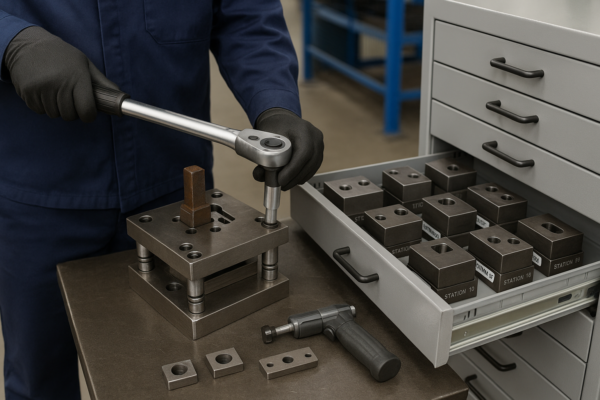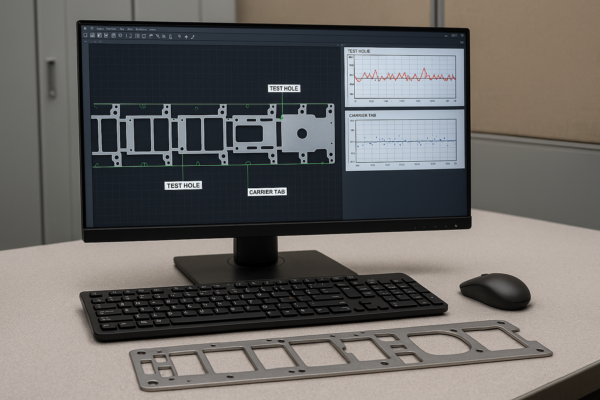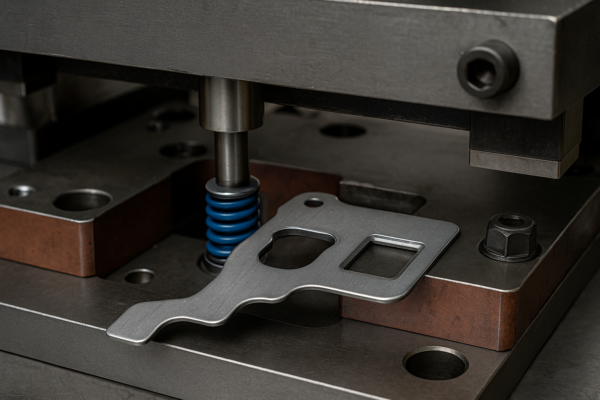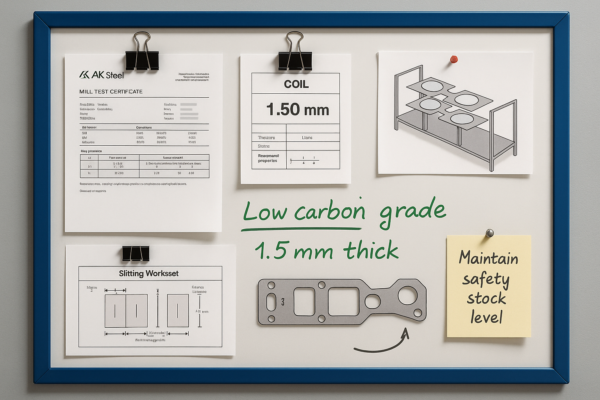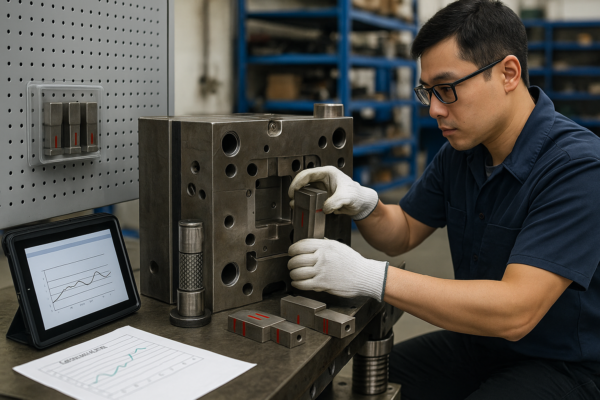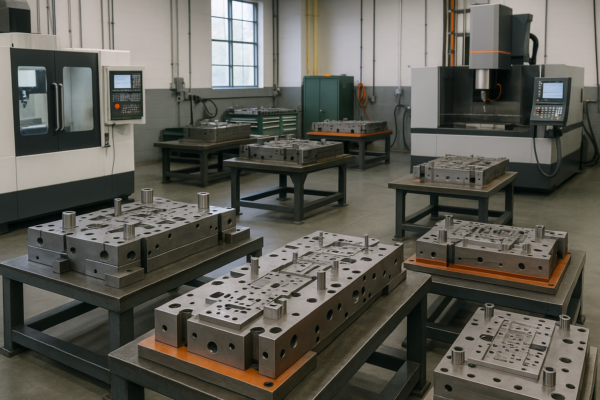What is the best surface treatment for steel?
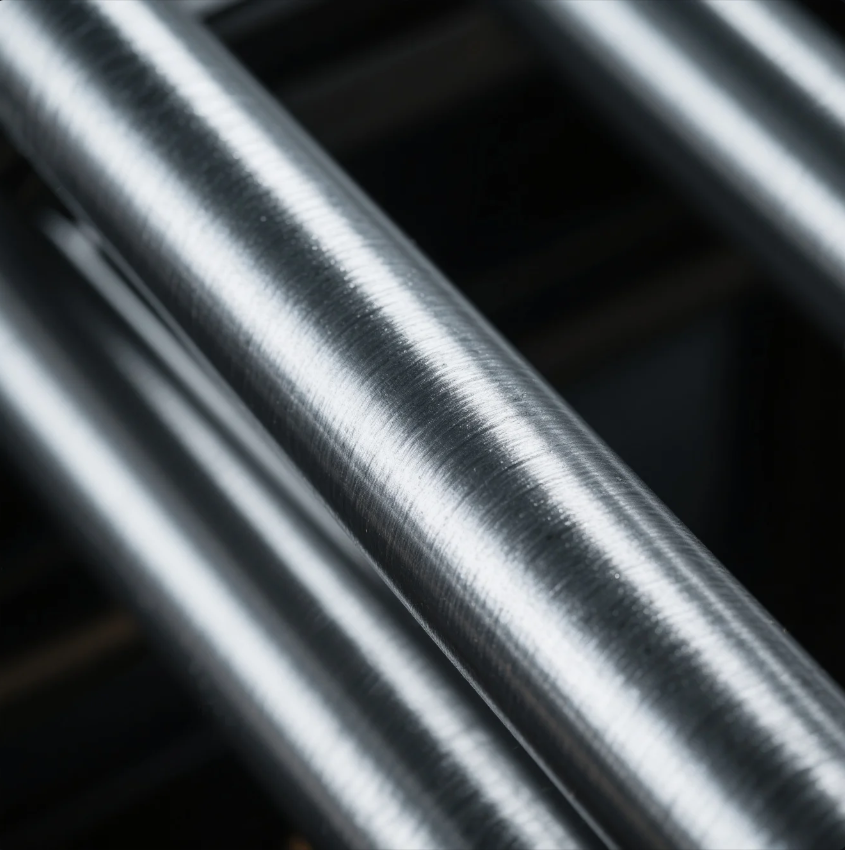
Steel rusts fast without proper protection—leading to part failure and profit loss.
The best surface treatment for steel depends on the application. Popular options include galvanizing, powder coating, and passivation.
Choosing the right finish ensures long life, reduced maintenance, and better product reliability.
What is the best treatment for steel?
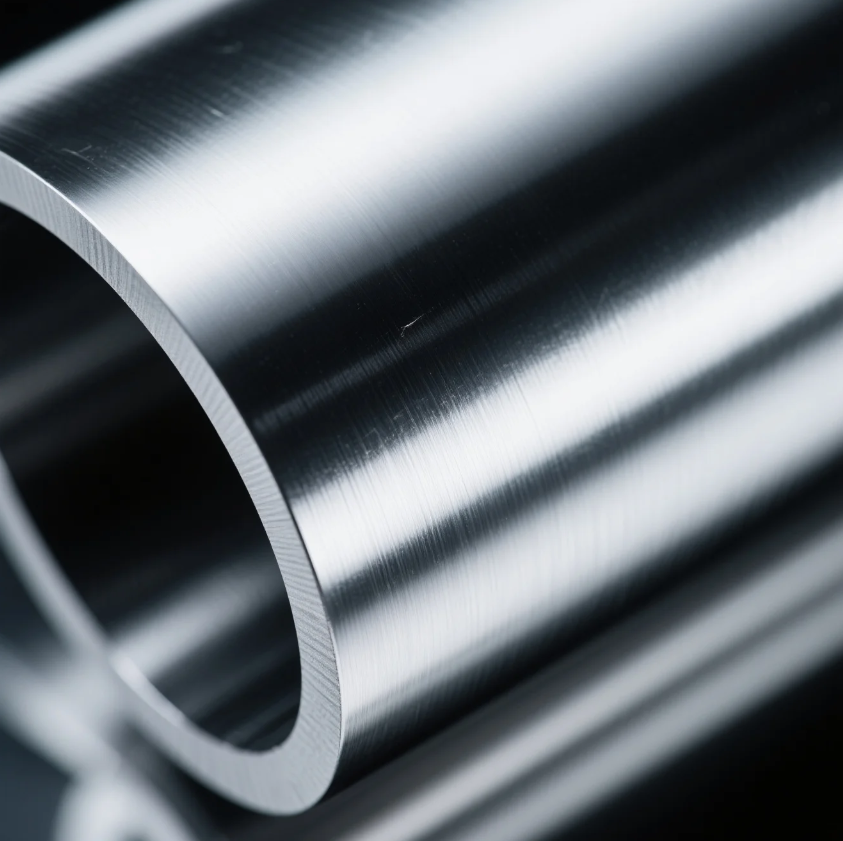
Not all coatings work for every steel part. A wrong choice leads to rust or surface damage.
For most applications, hot-dip galvanizing and powder coating provide the best long-term protection. Passivation is ideal for stainless steel.
The right treatment depends on the product’s use, exposure, and strength needs.
Recommended Treatments for Different Steel Applications
| Application Area | Best Treatment | Benefit |
|---|---|---|
| Outdoor Structures | Hot-dip Galvanizing | Long-term rust protection |
| Machinery Frames | Powder Coating | Wear and corrosion resistance |
| Stainless Steel Parts | Passivation | Enhanced rust protection |
| Fasteners and Screws | Electroplating (Zinc) | Uniform, conductive, rust-proof layer |
At Prime, we customize treatments based on your end-use. Whether it’s CNC precision machining or steel stamping, our solutions are built to perform in real-world conditions.
What is the surface treatment of steel?
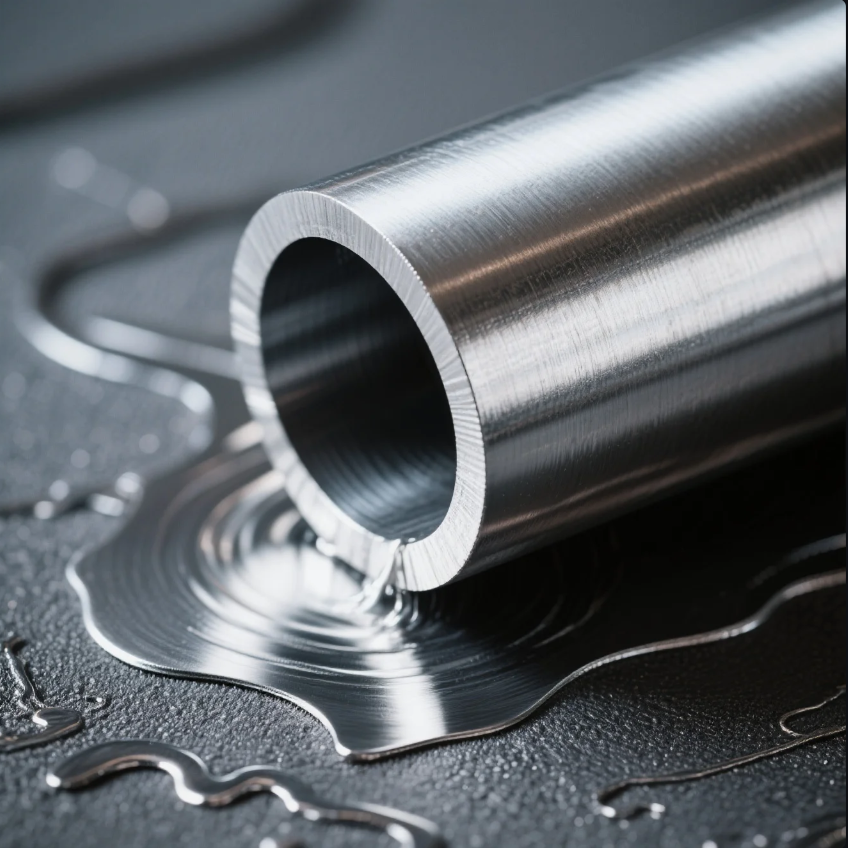
Steel surfaces react to air and moisture. If untreated, they weaken fast.
Steel surface treatment involves applying a protective or performance-enhancing layer. Common methods include coating, plating, or chemical treatment.
Each method protects against rust, wear, or chemical exposure.
Common Steel Surface Treatments
| Treatment Type | Typical Use Case | Benefit |
|---|---|---|
| Galvanizing | Outdoor and marine products | Rust resistance in harsh climates |
| Phosphating | Auto parts, tools | Paint adhesion and rust control |
| Black Oxide | Tools, firearms | Minimal dimension change, dark finish |
| Passivation | Medical and food equipment | Removes free iron, resists corrosion |
Our ISO-certified fasteners and steel parts are treated to meet demanding industry standards. We help you choose the best match based on function and budget.
What is an example of a surface treatment?
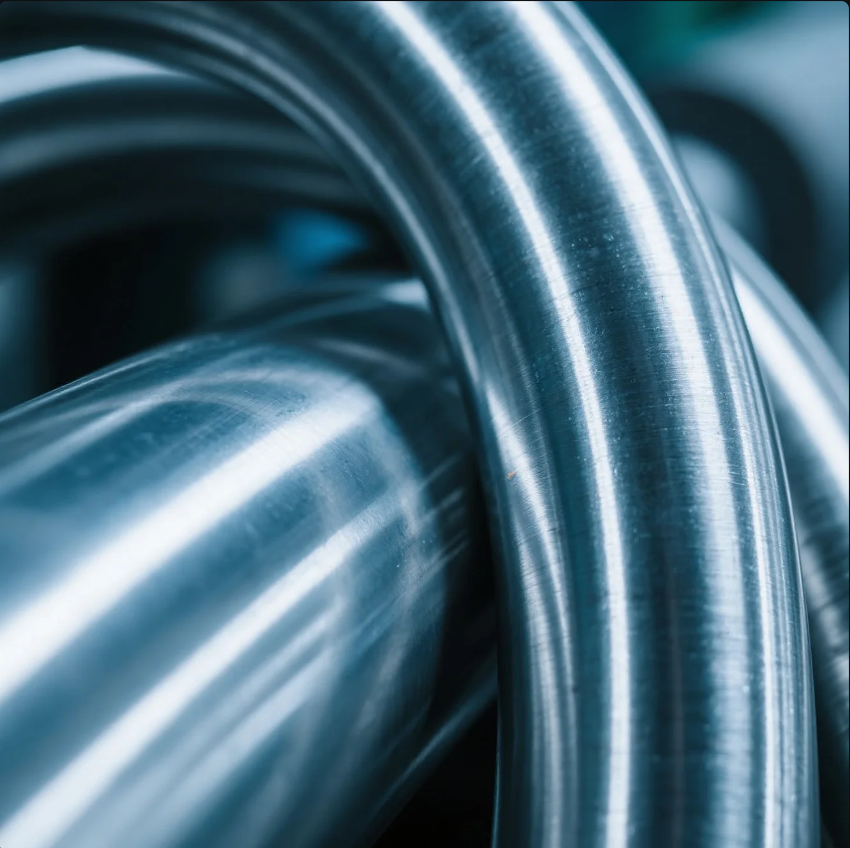
Many buyers ask for specific treatments without knowing what each one really does.
A great example is hot-dip galvanizing. It coats steel with zinc to protect it from rust and harsh environments.
It’s commonly used in construction, fencing, and outdoor machinery.
Why Hot-Dip Galvanizing Works
- Thick, even zinc layer for lasting rust protection
- Perfect for outdoor steel exposed to water or chemicals
- Low maintenance over time
- Proven life span of 20–50 years depending on the environment
At Prime, we offer hot-dip galvanizing for custom steel parts, ensuring your components perform and last longer in the field.
What surface treatments protect steel from rusting?
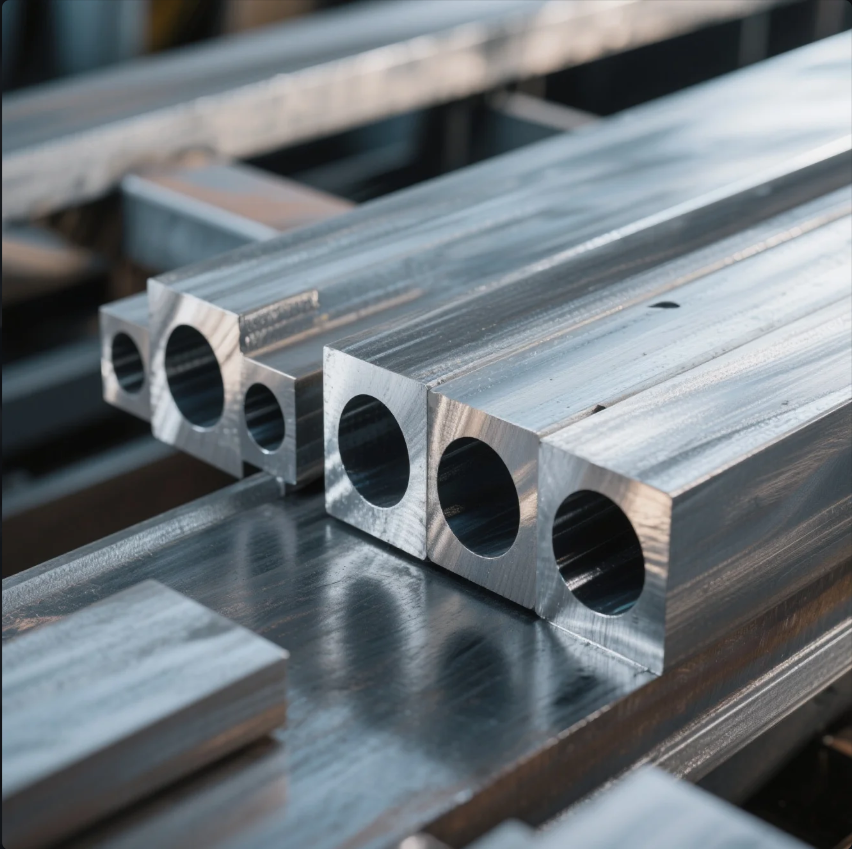
Rust reduces strength, reliability, and customer trust. Choosing the wrong treatment leads to costly returns.
The top rust-proof treatments include galvanizing, powder coating, phosphating, and passivation. These methods create a barrier or chemically protect the steel.
Each works best under specific conditions. Understanding that saves money and extends product life.
Rust-Protection Comparison Chart
| Treatment Type | Rust Resistance | Cost Level | Visual Appearance |
|---|---|---|---|
| Galvanizing | Very High | Medium | Matte silver |
| Powder Coating | High | Medium | Custom colors |
| Passivation | Medium | Low | Natural steel finish |
| Phosphating | Medium | Low | Dark gray matte |
We tailor these solutions at Prime, offering custom stamping parts and CNC machined steel components treated to resist rust—even during long overseas shipping.
Conclusion
Prime delivers the best steel surface treatments for corrosion resistance and durability.
Contact Prime today for a free quote and expert consultation. With over 20 years of experience, 10 production lines, and ISO certification, we deliver high-quality steel parts treated for performance, longevity, and cost efficiency.

